Impossible plant challenge?
dallasblooms
11 years ago
Related Stories
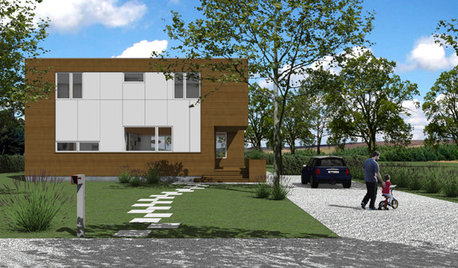
ARCHITECTURE3 Home Design Solutions to Challenging Building Lots
You don't need to throw in the towel on an irregular homesite; today's designers are finding innovative ways to rise to the challenge
Full Story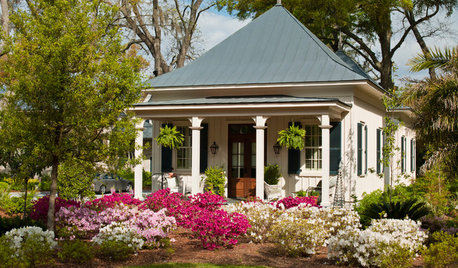
SMALL SPACES8 Challenges of Cottage Living
‘Small rooms or dwellings discipline the mind,’ Leonardo da Vinci once said. Just how much discipline can you handle?
Full Story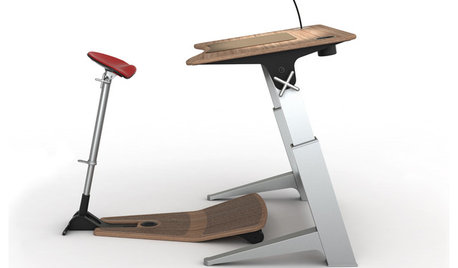
HOME OFFICESStand-Up Desks Rise to Health Challenges
Sitting all day may be wrecking your health. Are you going to stand for that?
Full Story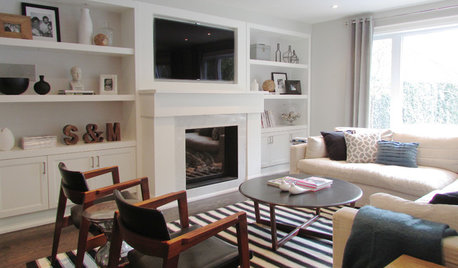
HOUZZ TOURSMy Houzz: Rising to the Renovation Challenge in Toronto
An eye for potential and substantial remodeling lead to a chic and comfortable home for a Canadian family
Full Story
GARDENING GUIDESGreat Garden Combo: 3 Wonderful Plants for a Deer-Resistant Screen
Protect your privacy and keep deer at bay with a planting trio that turns a problem garden area into a highlight
Full Story
LANDSCAPE DESIGNNative Plants Help You Find Your Garden Style
Imagine the garden of your dreams designed with plants indigenous to your region
Full Story
GARDENING GUIDES10 Top Native Plants for the U.S. Southeast
For a low-maintenance and wildlife-friendly landscape, use Southern natives that withstand heat and humidity
Full Story
GARDENING FOR BUTTERFLIES3 Ways Native Plants Make Gardening So Much Better
You probably know about the lower maintenance. But native plants' other benefits go far beyond a little less watering and weeding
Full Story
CALIFORNIA NATIVE PLANTSGreat Design Plant: Asclepias Is Attractive to Monarch Butterflies
Increase monarch butterfly populations in California by planting stunning native milkweeds
Full Story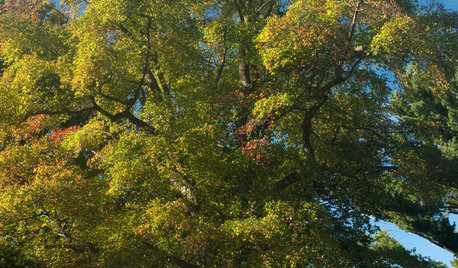
TREESGreat Design Plant: Nyssa Sylvatica
The black gum tree tolerates moist soil and provides many years of beautiful foliage, from summer to fall
Full StoryMore Discussions







rock_oak_deer
dallasbloomsOriginal Author
Related Professionals
Citrus Heights Landscape Architects & Landscape Designers · Winder Landscape Architects & Landscape Designers · Edmond Landscape Contractors · Hayden Landscape Contractors · Hilton Head Island Landscape Contractors · Medford Landscape Contractors · Mount Sinai Landscape Contractors · North Haven Landscape Contractors · Oxnard Landscape Contractors · Rockwall Landscape Contractors · Woodburn Landscape Contractors · Augusta Window Contractors · San Francisco Window Contractors · Lakewood Window Contractors · Muncie Window Contractorsrock_oak_deer
dallasbloomsOriginal Author
rock_oak_deer
whitecap
rock_oak_deer
ExoticRGVNativesTy
dallasbloomsOriginal Author
bostedo: 8a tx-bp-dfw
rock_oak_deer
dallasbloomsOriginal Author
carrie751
dallasbloomsOriginal Author
rock_oak_deer
bostedo: 8a tx-bp-dfw
jardineratx
bostedo: 8a tx-bp-dfw
rock_oak_deer
mistigardens
cynthianovak
robyn_tx
whitecap
nialialea